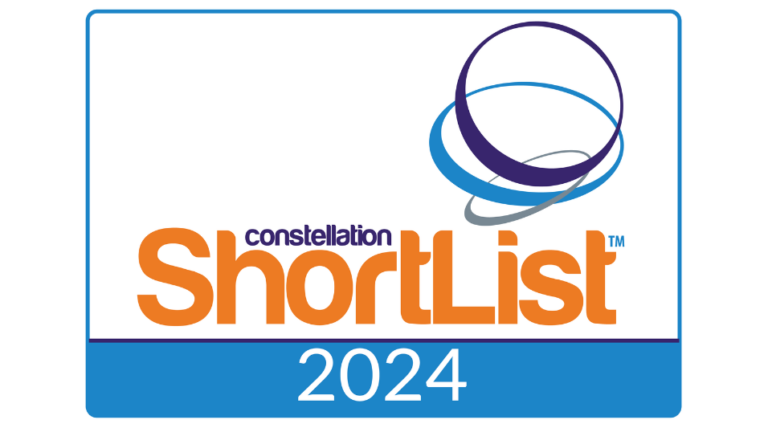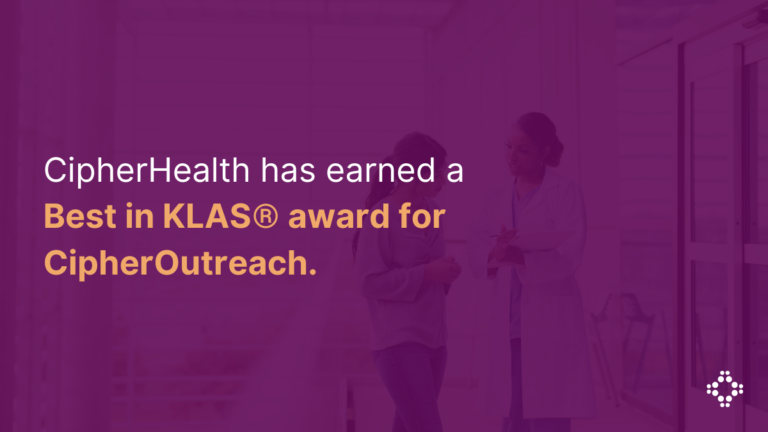Last week, the U.S. Department of Health and Human Services (HHS) Office of Inspector General released a report that looked at how 20 of the top Medicare Shared Savings Program (MSSP) accountable care organizations (ACOs) lowered Medicare spending while improving patient care quality. While there is no “one size fits all” approach for organizations to ease the transition to value-based care, the report highlights several strategies that these high-performing ACOs attribute to their success.
Specifically, these shared practices included encouraging patients to be more active in their care, helping chronically-ill patients better manage complex conditions, and reducing avoidable hospitalizations, amongst others. While there are a number of non-clinical challenges in each of these areas that are outside the direct control of providers, ACOs can leverage proven patient engagement strategies to help overcome these barriers and hit savings targets.
1. Getting Patients Reacquainted with their PCPs
Nothing is more crucial to an ACO’s success than having a strong, well-executed primary care strategy. That’s why it should come as no surprise that almost all of the ACOs surveyed in the report stressed the importance of annual wellness visits, and more broadly, preventive health. The challenge, however, lies in getting patients to actually schedule these appointments.
The report discusses how one ACO addressed this challenge by proactively identifying patients who have not received their annual wellness visit and helping them schedule those appointments. As a result of these efforts, the ACO reported these visits increased from 15 percent to more than 50 percent, and in addition, they found that patients who completed annual wellness visits were more likely to come in to see their physician again throughout the year.
While proactively reaching out to patients to narrow gaps in care makes good sense, it can be resource-intensive if ACOs do not have the right tools to scale these efforts. That’s why healthcare organizations are turning to technology to deploy preventive health outreach programs. By automating phone calls and text messages to large patient populations, ACOs are able to increase their reach rate while better utilizing valuable staff resources, which is a win-win for both providers and patients.
2. Managing Patients with Complex Care Needs
Another significant opportunity area for ACOs is developing better care management processes to help guide the appropriate utilization of healthcare services for chronically-ill and high-risk patients. It’s well-documented that patients with chronic conditions account for a disproportionate amount of total healthcare spending, and according to the Centers for Disease Control and Prevention, a staggering 93% of Medicare fee-for-service (FFS) spending is associated with the care for patients with multiple than one chronic conditions.
To ensure these patients are functioning optimally in their communities, ACOs must facilitate ongoing engagement beyond the point of care. The report highlights several strategies that high-performers are using to accomplish this, including using care coordinators to help patients manage their health and providing care between physician visits via home visits, telemedicine, and remote monitoring.
In order to effectively manage a larger volume of patients, care management teams will need to leverage technology to scale their engagement efforts across the patient journey.
“Providers are now seeing the importance of engaging patients longitudinally, and technology enables providers to reach more patients and collect richer, more in-depth information so much quicker,” explained Lyndsey Lord, MBA, RN, Vice President of Clinical Services at CipherHealth in a podcast with MarketScale.
Digital outreach can be used to educate and manage chronically-ill patients across the continuum and codified care plans and processes will enable care coordinators to intervene and resolve issues prior to an adverse event or acute care episode.
“Even if patients are trying to do the right thing, if they don’t work in healthcare and don’t understand the ways in which our healthcare system works, it’s really hard to do the right thing without somebody guiding you along the way,” said Lord.
By using technology to facilitate and support self-management of chronic conditions, ACOs can help patients stay healthier in their communities and in turn reduce costs associated with avoidable healthcare utilization.
3. Reducing Avoidable Hospitalizations
According to the Centers for Medicare and Medicaid Services (CMS), inpatient hospital care accounts for the largest amount of Medicare FFS spending. While this presents an opportunity for ACOs to bend the spending curve, there are numerous challenges that exist when it comes to reducing avoidable hospitalizations, including difficulties associated with engaging hospitals and educating patients about alternatives to emergency room care.
Acknowledging these challenges, the report identified four strategies that the top-performing ACOs are using to proactively decrease acute care spending, including:
- Expanding access to primary care services
- Targeting frequent users of emergency room services
- Improving care coordination within hospitals
- Improving care coordination at hospital discharge
This last strategy can be greatly enhanced by technology because in automating post-discharge follow up, ACO care management teams are able to improve care transitions at scale.
For example, Maryland-based Choptank Community Health, a health system that cares for a patient population largely made up of Medicaid beneficiaries, implemented automated outreach to deploy calls to recently discharged patients. On the calls, patients are asked about their care transition and status, and if an issue is triggered, care coordinators are notified and help to resolve the concern. By using technology to proactively reach out to patients. Choptank saw an impressive 37% reduction in 30-day readmissions and 38% decrease in 7-day emergency room returns.
Putting Learnings Into Action
For each of the strategies highlighted in this article, patient engagement is the common thread. Based on the findings in the report, ACOs perform at their best when they’re able to effectively guide patients through the healthcare journey because let’s face it, it’s not one most patients want to embark on. And when you compound that with the many external factors that can get in the way of one’s health, it’s no wonder many patients forget to schedule their annual wellness visit or adhere to their care plan.
The good news is that there are proven technology solutions that ACOs can leverage to augment their proactive engagement and care management programs. To learn how CipherHealth’s platform helps ACOs better engage their patient populations and hit their savings targets, click here to speak with one of our experts.








